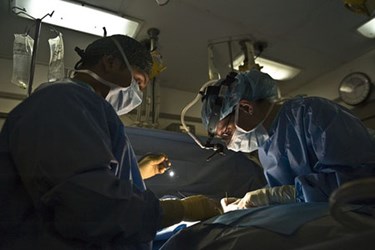"Smart Catheter" Increases Ablation Success
By Chuck Seegert, Ph.D.

Catheter ablation for atrial fibrillation may now be improved thanks to a device that delivers more uniform treatment. New studies show an increase in successful outcomes that is more than four times greater than older methods.
Atrial fibrillation (A-Fib) is an age-related disease that affects millions of people as they get older. A-Fib can cause the heart to feel as if it is fluttering and may even inhibit the heart’s ability to pump blood. Catheter ablation is a minimally invasive method of treating this disease that has been around for some time. While it is relatively successful, patients treated with this approach can exhibit recurrence up to 30 percent of the time, according to a recent Medical Xpress article.
Catheters are placed in position through the femoral artery in the patient’s groin and routed through the pathways of the cardiovascular system until it is in position. Historically, catheters were placed in contact with the malfunctioning part of the heart while its position was verified with imaging techniques like fluoroscopy. Once in position, energy was applied through the catheter to ablate the areas causing A-Fib.
The new catheter works in a similar way, but instead of relying totally on imaging systems, it incorporates a force sensor to indicate how well it is contacting the tissue.
"It's like the Goldilocks phenomenon," said Joshua M. Cooper, director of cardiac electrophysiology at Temple University Hospital, in the article. "You want to give exactly the right amount of energy at each specific spot. Too little, and you lose effectiveness. Too much, and you could potentially damage an adjacent structure."
A recent study using the new catheter technology was published in the Journal of the American College of Cardiology. A total of 172 patients were included in the massive study, which spanned 21 sites. The quantity of patients who experienced 12 months of freedom from A-Fib symptoms was 72.5 percent, and the likelihood of success was increased by 4.25 times. Attaining this level of success was a benefit of keeping the force applied to the tissue between 10 and 40 grams, according to the article.
"It's a legitimate, legitimate improvement," said David Frankel in the article. Frankel is an assistant professor at the University of Pennsylvania’s Perelman School of Medicine who was not affiliated with the study.
A-fib is a disease process that affects millions of people in the United States alone, many of whom are unaware of their predicament. Recently in an article on Medical Device Online, a method was reviewed that identified people with A-Fib u
